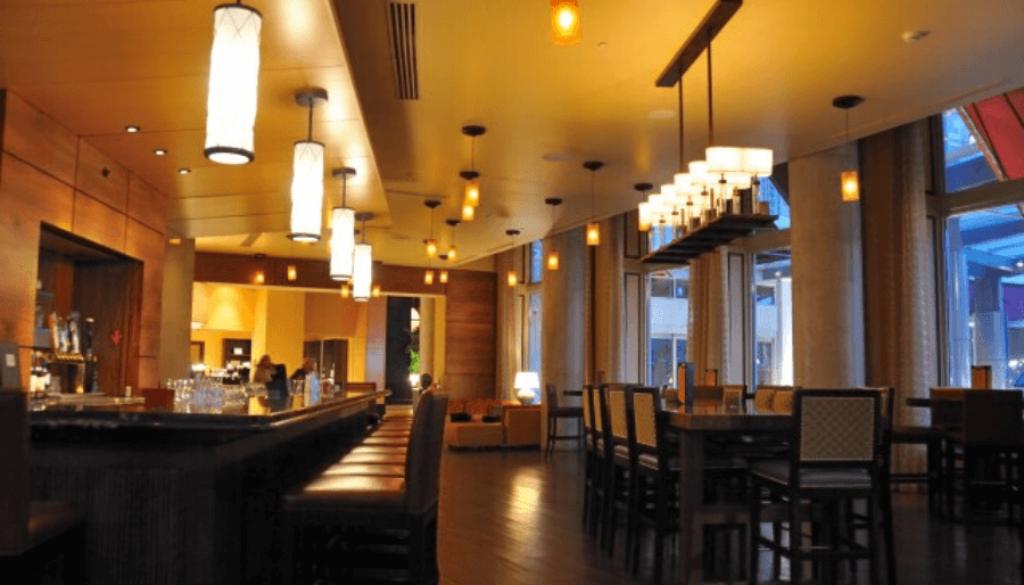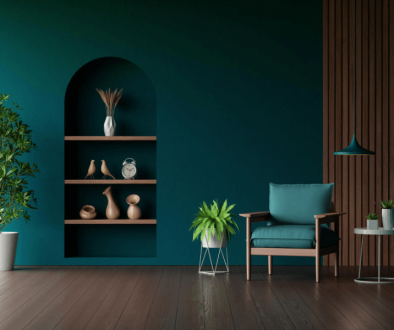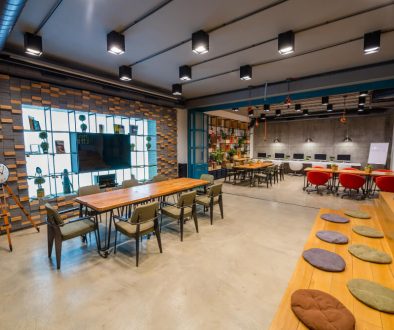Restaurant Lighting Design Tips that Everyone Should Follow
Did you know that outside of food quality, one of the factors that people rate the most in restaurants is the ambiance? You can have the best of everything but bad mood lighting can ruin the entire experience.
Restaurant lighting can event affect your customers’ mental states. If you can get a good atmosphere through proper restaurant lighting, you’ll be able to entice more people.
The value of a well-designed restaurant lighting scheme is one of the most overlooked design elements within an establishment, but can greatly affect a customer’s dining experience. Restaurant lighting serves a number of purposes: it must enhance the mood within your restaurant whilst being functional enough for your staff to work in, without interfering with the ambiance.

Restaurant Lighting Tips
Functionality
First and foremost, restaurant lighting should be used to make things visible. It’s one thing to set the mood by dimming the lights; it’s something else entirely when your guests need flashlights to read the menu or find the silverware. Think of the lights you choose as spotlights for your food. Do you want to show off the presentation or hide it? If you want to hide the food you serve, you might want to think about a different entrepreneurial venture.
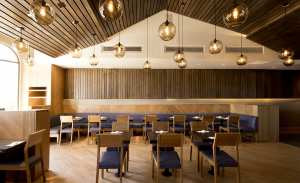
Natural Lighting
Think about when people will be most likely to be in your restaurant and about the number of light windows that will let in during that time. Better yet, think about how to shield the eyes of your patrons when the sun is blazing through the westward facing windows in the evening.
Mood
You want your customers to be able to see, but you don’t want to blind them. You also want the mood of your restaurant to fit the food you serve. It doesn’t make sense to have romantic lighting at a fast-food restaurant, nor does it make sense to use fluorescent lights in a fine dining establishment. To account for the different times of the day and different moods, have dimmer switches installed in the dining area. Business lunches merit lighter than romantic dinners, but both may occur in the same location when you use the proper lighting techniques. Dimmers can be your best friend.
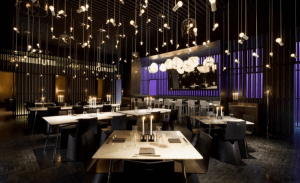
Flattery
We’ve already discussed the importance of spotlighting your food with adequate lighting. As you arrange the lighting for the tables in your restaurant, you should also think about whether the lighting flatters your guests. For example, direct overhead lights cast shadows on the guest’s faces that may make them look weary. The ideal lighting will spotlight the food and reflect off the table underneath the chins of your guests. It’s like when you take a selfie; you hold the phone at the most flattering angle.
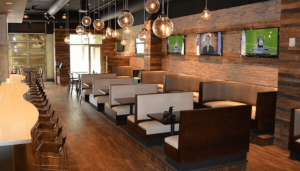
Bulbs
The bulbs you use to light your restaurant make a difference, too. Incandescent bulbs provide a softer light while fluorescent bulbs make a windowless room shine like the noonday sun. More often than not, fluorescent bulbs should be reserved for fast food restaurants where you want the guests to eat quickly and move on.
